I have a linewidth structure that has very low resistance. I want to know the maximum current that this structure can handle.
Since the resistance of the metal is so low, it's hard to measure the voltage drop. We can't change the size of the structure (as it's on all our masks and we're also limited in real estate) and we can't increase the voltage resolution of our tester (without sacrificing capacity or spending money).
So the only solution that I can think of is to increase the test current.
I've been searching for an equation or series of equations that will tell me at what current the structure will break (like a fuse). I'm sure that, given the structure dimensions (LWH) and the material parameters (resistivity, thermal conductance, etc), this or other similar equation exists. However, I can't seem to figure it out...
And then, to make things more complicated, I'm pulsing this current with a pulse width <= 100ms. It's normally only a single pulse, so a duty cycle doesn't make much sense.
Thanks,
